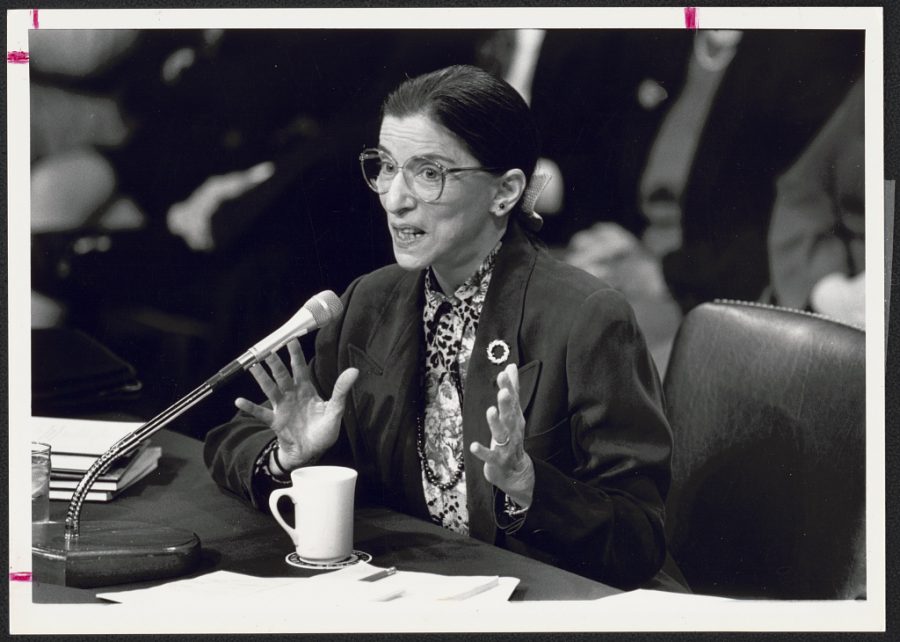The History of RBG
October 8, 2020
Ruth Bader Ginsburg’s (commonly referred to as RBG) death was one for the history books. As the second female justice on the supreme court and as well as one of nine women in her class at Harvard Law school, the challenges Ginsburg had to overcome is why she is an inspiration to many throughout the world.
RBG is no stranger to tragedy. Her mother, Celia Bader, and Ginsburg’s husband both suffered from cancer. She was born and raised during the worst years of the Great Depression but was still able to excel in education which led to her graduating at the top of her class at Cornell University. Her attendance at Harvard University, a male-dominated school, should’ve been something that Ginsburg earned great praise for. Instead, she was met with discrimination due to her gender. She was even asked by the dean of the school “Why are you at Harvard Law School, taking the place of a man?” While she didn’t finish her education in law at Harvard (due to personal reasons), she finally finished at Columbia University at the top of her class once again.
This isn’t where her struggles ended, however. After many years of searching for a job in law, she finally was able to work under U.S. District Judge Edmund L. Palmieri as a clerk. Though she was offered jobs at numerous law firms, it was always at a lower wage than her male counterparts. Because of this, she decided to join the Columbia Project on International Civil Procedure. This was a wonderful opportunity as it gave RBG a chance to study the differences between civil discourse in Sweden and America. Upon her return in the 1960s, she was able to accept a job at Columbia University as the first female professor who earned tenure.
In 1980, President Jimmy Carter had appointed Ginsburg to the U.S. Court of Appeals for the District of Columbia and then after serving for 13 years, President Bill Clinton finally appointed her to the Supreme Court. Here, RBG was able to better fight for gender equality. She fought for many cases stemming from the Frontiero v. Richardson case in 1972 to the Duren v. Missouri case in 1978. One of her proudest achievements, the 2009 Lilly Ledbetter Fair Pay Act which allowed women to get the same pay as men and was signed by President Obama, hung in her office.
Ruth Bader Ginsburg’s death has left an empty seat to fill in the Supreme Court. As of now, It seems that President Trump has nominated Amy Connet Barret, to replace her seat. Seeing as Ginsburg’s views and beliefs were very liberal and Barret’s views are very conservative, it will be interesting to see how different things will be run. RBG’s fight for gender equality will be remembered and respected by many. While some do not necessarily agree with her views, it is undeniable that she pushed for gender equality for all.
Rest in Peace, Ruth Bader Ginsburg.






















































































































































